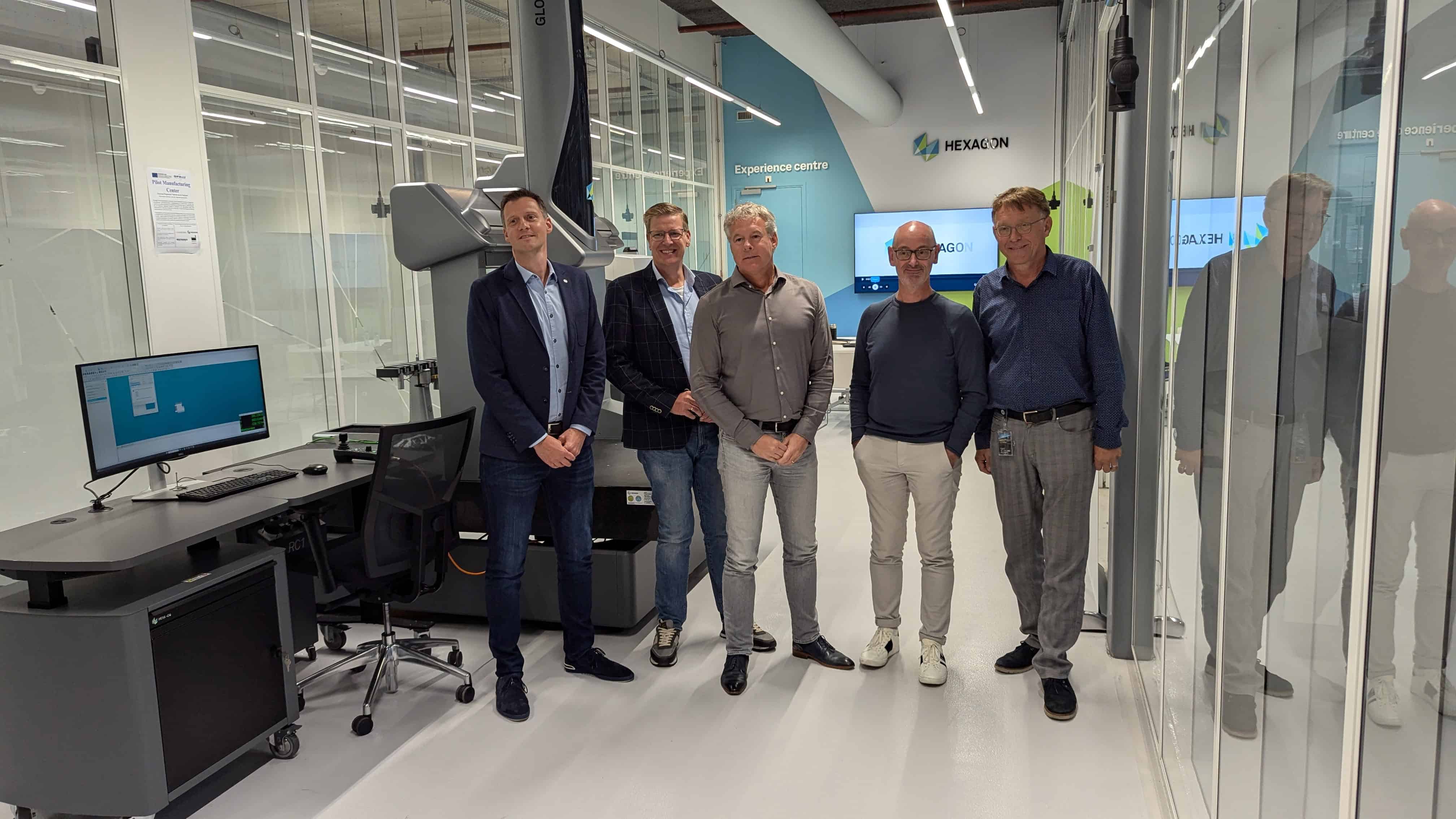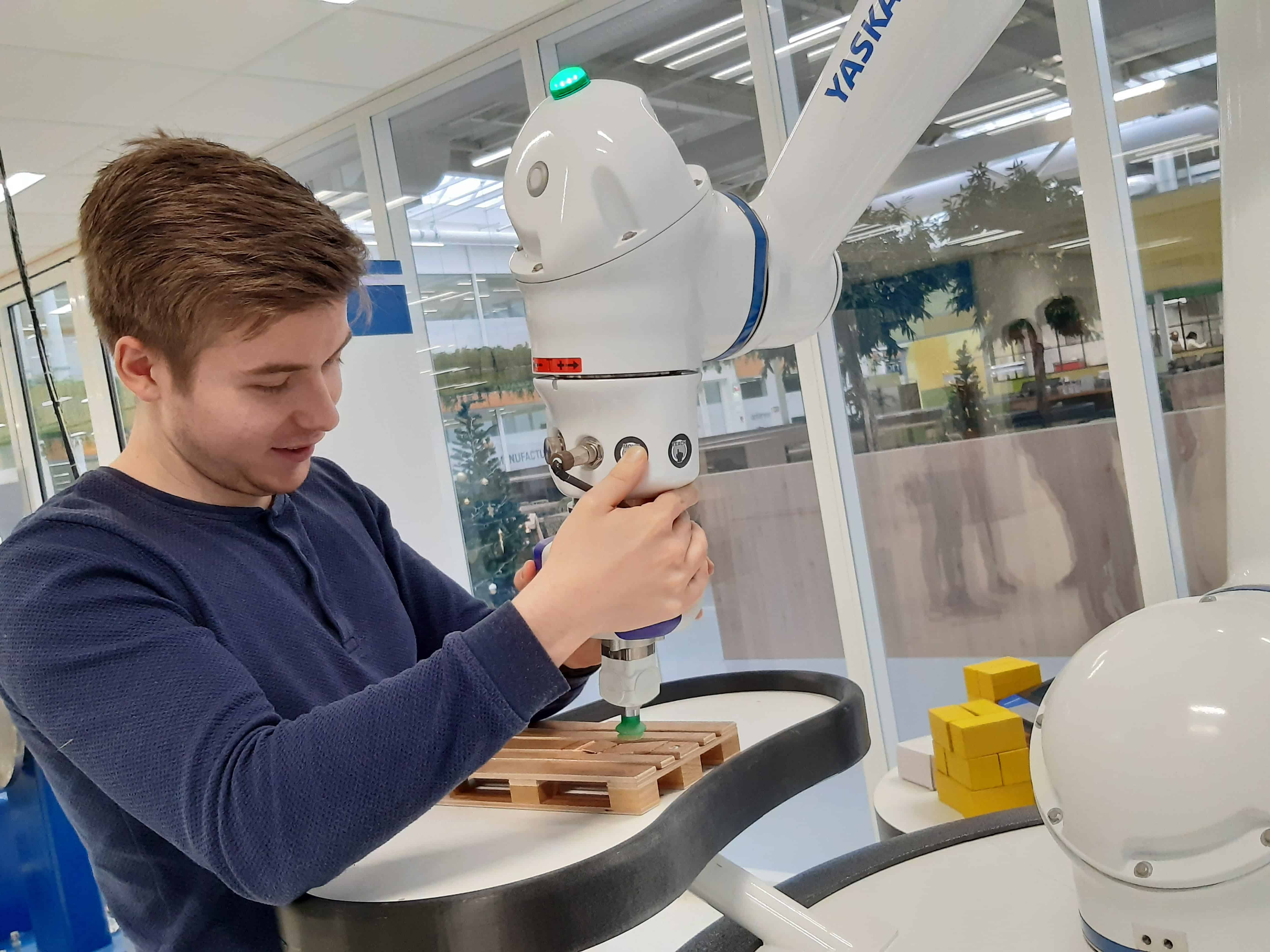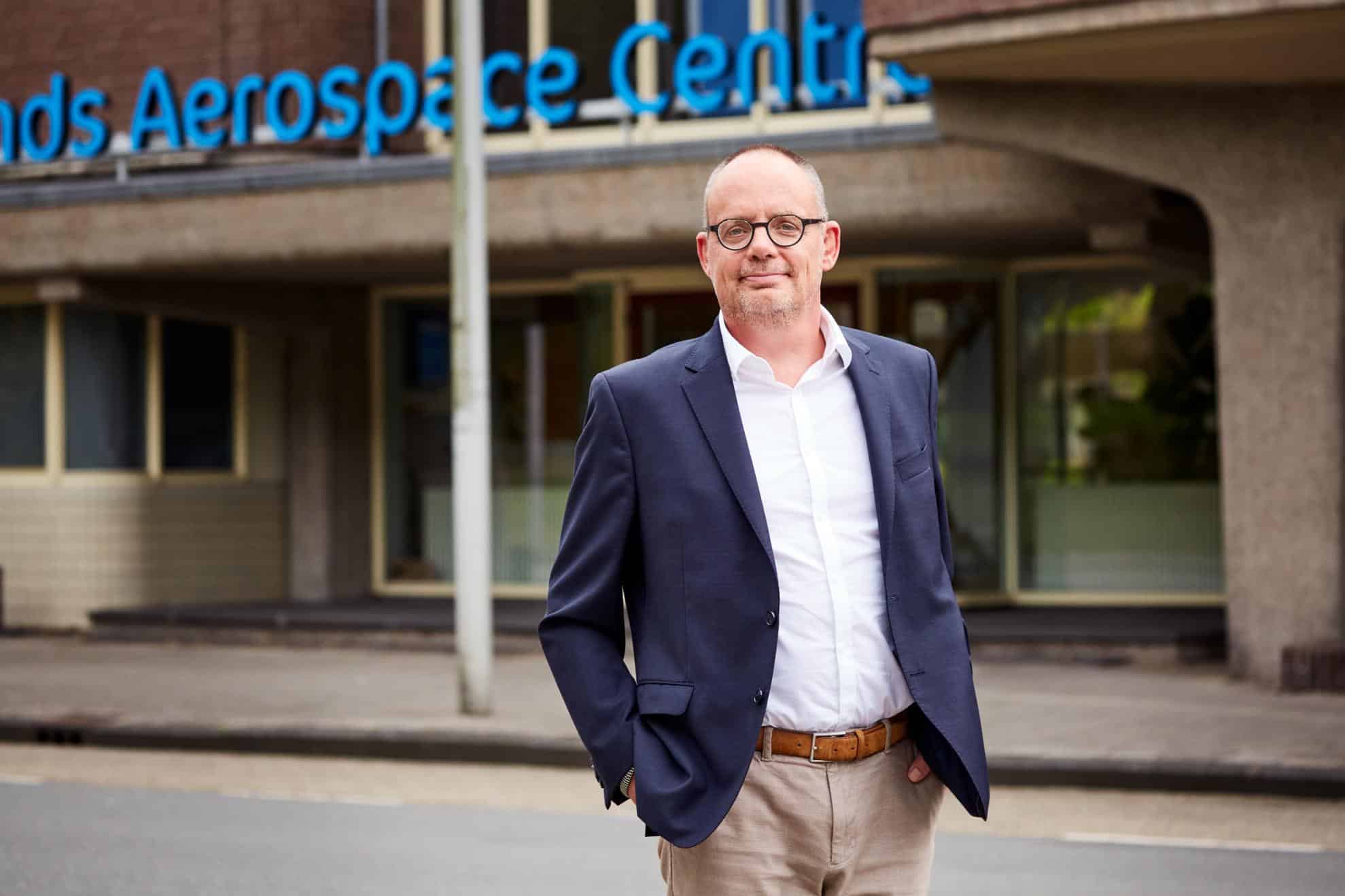
An important consequence of the digitalization drive in business is the ever-increasing amount of data being released. But not every entrepreneur has a handle on that. What can all that data do for your business? What needs to be done to translate the bare figures into useful information? The High Tech Software Cluster at Brainport Industries Campus (BIC) works with Avans Hogeschool to support high-tech SMEs in this area. For example, with a – free – data coach.
Wim Renders is one of those coaches. He works with his colleagues to improve data understanding in SMEs. “Data only acquire meaning when you put them in context. Then you can gather the knowledge to create new insights, make predictions, and anticipate them. Because the effect of that idea is different for each company, we try to guide them one-on-one in that.”
The data are not the problem – they abound in every company. “Every sector is digitizing, and therefore more and more data are available. So the main issue is to combine the data with your business goals – what is hugely important to one person may not necessarily have any value to another.”
Renders has been working at the High Tech Software Cluster for years with the goal of creating “a future with sustainable hardware and timeless software.” In the Brainport Eindhoven region, he says, “we are extremely good at building very complex machines. For a long time, the emphasis was on developing the hardware, the big machines. The fourth industrial revolution – also known as ‘industry 4.0‘ or Smart Industry – is all about digitizing our industry. In the High Tech Software Cluster, some thirty software-developing companies work together with the hardware companies to maintain the region’s strength and develop a new activity.”
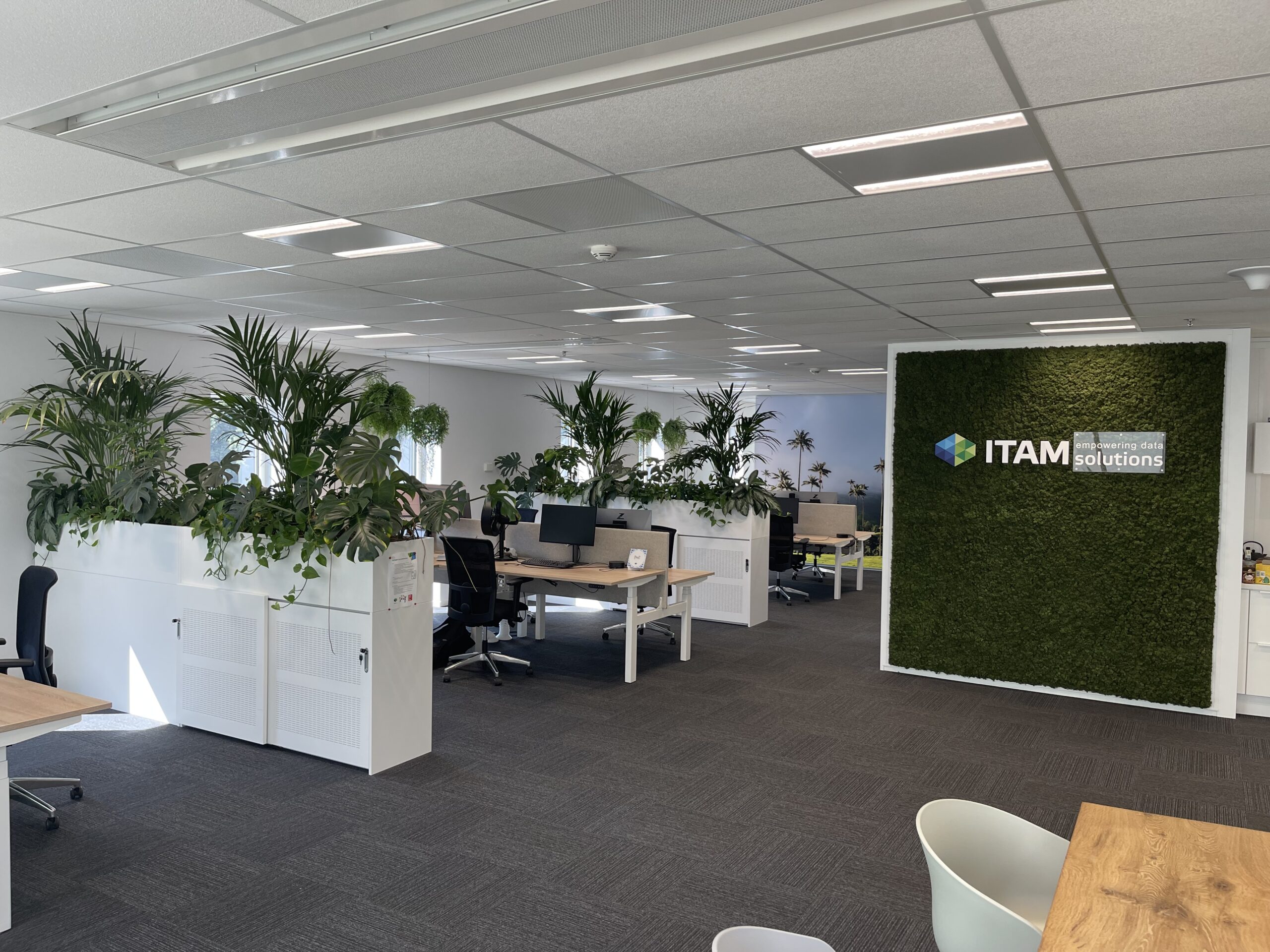
The High Tech Software Cluster, a project of Brainport Development, belongs to the official Smart Industry Fieldlabs and is part of the innovation program ‘Factory of the Future’. Renders: “We focus on three parts in the cluster: you can see a production process here, you can see a smart product, and the third part is services. When you start digitizing, you start connecting different systems, and information comes out of that. With that information, we can do something in all those three areas. You can extract information from an ERP (enterprise resource planning, ed) system, such as schedules, quotations, and margins, which you can show in a dashboard. But you can also, thanks to sensors and cameras, see how the machine feels inside. Add elements like frequency or deviations in energy demand, and the whole thing gets predictive value. This allows you to better plan your maintenance and even prevent something from breaking down. With medical devices, you can also think of combined applications: when a certain signal is given, medication is automatically administered internally.”
Data maturity
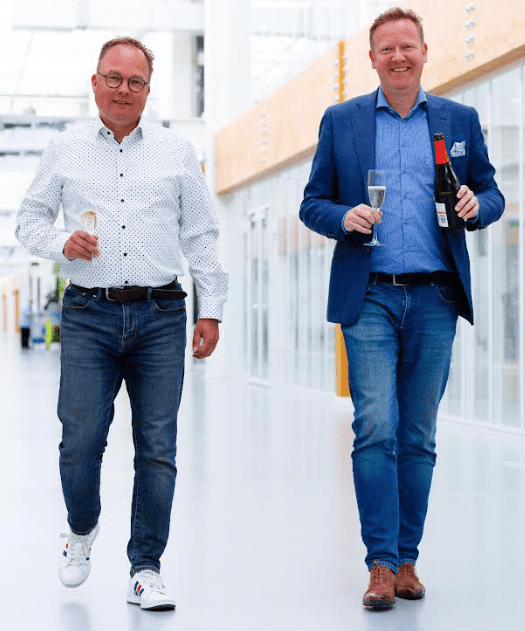
To determine the data maturity of specific companies, the HTSC has received support from the province of Brabant. This is also where the data coach initiative comes from. Renders: “Together with the participants, we make a data scan of their company, a data opportunities roadmap, as it were. Then we see how the company is structured, where it wants to go and to what extent data can help. Then we’ll see what they need, such as advice or coaching. And because we noticed a lot of interest in a data dashboard, we started talking to Avans University of Applied Sciences about it. It’s ideal, of course, that they, like Fontys, Summa and TU/e, are active here at the BIC. As a result, Avans has developed a short course that teaches you how to create a dashboard.”
For Mark Mastop, computer science lecturer at Avans, it was a great opportunity to implement one of his goals – to introduce students to their future field of work earlier. “That’s also one of the reasons for us to have part of our education take place here at BIC. This allows our students to really be among the companies. That works best with companies that also enjoy having students play a role in it, and that’s exactly what we see here at BIC. As a result, students also get to do great real-world assignments earlier and earlier.”
Mastop was fine with incorporating the theme of data maturity into his teaching concepts. “Helping students answer the question of how the region’s entrepreneurs are actually doing and what they need. Gaining insight is always the first desire in this regard. Many entrepreneurs are still stuck with excel sheets, but we can teach them in two to three hours how to get insight into their organization and replace that excel sheet with a dashboard.”

Building a dashboard
In the process, that entrepreneur will receive the same material Mastop gives his students. “We provide students who go into practice with such an entrepreneur to look at the value of such a dashboard. That entrepreneur then sees very quickly that it is quite clear and easy to do. Step 2 is that he starts working with a few students to build that dashboard himself. This helps the entrepreneur enormously, he takes big steps toward maturity in the field of data and digitization. And that creates the need to step up in the future. And at the same time, we offer students real professional practice.”
What those students can then also see is that professional practice is often more unruly than the theory from the course, Mastop says. “For example, that data is not always in order, or the entrepreneur still needs to take steps to get to a certain level of thinking. By letting students experience that much faster, we want to let them feel how it works in the real world already in the first and second year.”
Mastop will continue to make every effort to immerse students in the business world. “Only then will they learn to do their work in the business world. As an educational institute, we also learn from this, because this way, we can respond much better to changes in the market. Technology moves fast, we have to follow that as a school. You do that by being close to the field and, for example, joining a software cluster that is also trying to get ahead of the troops. The great thing is that when those students come into contact with the companies, there is often more in it than they are looking for; for example, because there are also potential employers among them.”
Wim Renders can only agree. “I always call it the power of chance encounters. If you don’t step out of your safe environment, you’re sure you will not meet anyone. But if you do go, or if you’re walking around with a particular question, you’re likely to run into interesting new things. People suddenly see what’s possible.”
First courses
Soon the first courses will start, specifically aimed at SMEs. Renders and Mastop expect a more robust package of options to roll out step by step. Meanwhile, BIC is also continuing with the other field labs. “Our locations to try things out, test things,” Renders says. “Here we open ourselves to all smart industry companies in the Netherlands: accessible, neutral, and free. Certainly, that neutrality is very important in my role as a data coach. We don’t oblige anyone to buy anything, we just make sure that they start to see where they stand in their digitization process to know if they have their data hygiene in order. And whether they can already start preparing for the next steps, for example, by integrating artificial intelligence into their business processes. But that’s for later – a baby can’t walk at once either.”
Do you want to know more about the data coaches, or are you interested in one of the courses? Check out the website of the High Tech Software Cluster: https://hightechsoftwarecluster.nl/



